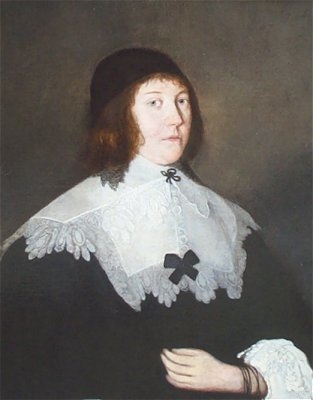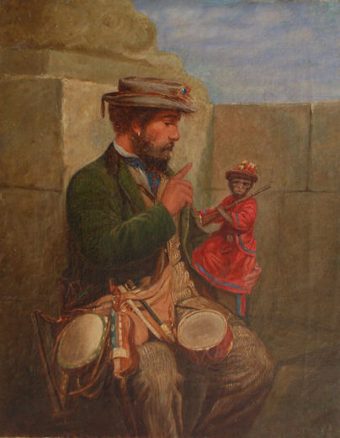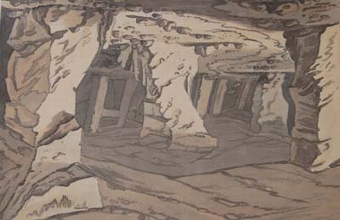the penitent magdalen
- View other items in:
- antiques interior design modern and vintage
- other interior design
artware ltd
Enquire about this antique
Artware Ltd has 565 antiques for sale.
click here to see them all
Giovanni Battista Salvi da Sassoferrato (also known as Giovanni Battista Salvi; August 25, 1609 - August 8, 1685) was an Italian Baroque painter. He is often referred to only by the town of his birthplace (Sassoferrato), as was customary in his time, and for example seen with da Vinci and Caravaggio. The details of Giovanni Battista Salvi''s biography are very sparse. He was born in the small town of Sassoferrato in the Marches region of central Italy, half-way between Rome and Florence, west of Apennines. Sassoferrato was apprenticed under his father, the painter Tarquinio Salvi; fragments of Tarquinio''s work are still visible in the church of Saint Francis in Sassoferrato. The rest of Giovanni''s training is undocumented but it is thought that he worked under the Bolognese Domenichino, a main apprentice of Annibale Carracci (c. 1580). Two other Carracci trainees Francesco Albani and Guido Reni also influenced Sassoferrato. In Francis Russell''s view, Reni was as much Sassoferrato''s mentor as Domenichino was his master. His paintings also show the influence of Albrecht D?rer, Guercino, and above all Raphael. He appears to also have been influenced by Pierre Mignard, whom he may have met in Rome in the 1630s. Few public commissions by Sassoferrato exist, and, like Carlo Dolci he seems to have concentrated on producing multiple copies of various styles of devotional image for private patrons, a demand fuelled by the counter-reformational drive of the Catholic Church. Apart from his many smaller works, his paintings include some at the Benedictine convent of San Pietro in Perugia (1630) and the imposing altarpiece in Santa Sabina, Rome, portraying La Madonna del Rosario (1643). In 1683 Cardinal Chigi presented Sassoferrato?s self-portrait to Cosimo III de'' Medici. Sassoferrato died in 1685. His will is dated June 29 of the same year. Sassoferrato''s work was held in high regard through to the mid-19th century. His paintings were sometimes believed to be contemporary with the School of Raphael. However, by the late 19th century, reaction against sweet devotional art work was reinforced in England by the critical commentary of John Ruskin.
Antiques.co.uk Ref: WQ9JX4F4
- Materials:
- Oil on Canvas
- Width (cm):
- 45.72 x 36.83 cm 18.00 x 14.50 ins
Artware Ltd
Artware Fine Art specialises in fine antique, decorative and historical portraits and topographical pictures . We cover a period from the 17th and 18th centuries through to the 19th & 20th Centuries. We have over 150 portraits in stock, which can be viewed on our web site, each historical portrait has well researched biographical information both on the sitter and the artist.
Contact details
18 La gare
51 Surrey row
London
Greater London
SE1 0BZ
UNITED KINGDOM
T: 0207 921 97904
E: greg@artwarefineart.com
W: www.artwarefineart.com














